Phytochemistry Expansion Deck
2016 – (See Cards/Deck Info | Download | Purchase)…
This set was designed by Dr. Stephen McNeil (and illustrated by Julia K. Kreutz) to highlight plant species that are important because of the chemical compounds they provide. As such, it introduces to the Phylo system, a new card type (Chemistry cards), as well as a new rule for expanded play in the Phylo Ecosystem Rules. This deck can be used an expansion deck for the main Phylo ecosystem game (cannot be played on its own in this manner), or used as a stand alone game where pair wise mechanics are followed (i.e. memory, go fish, etc). Includes 10 plant species cards, and 10 associated phytochemical cards.

MORPHINE/CODEINE
.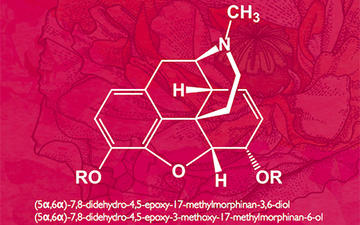
C17H19/21NO3
MW: 285.34 / 299.364 g/mol
SOURCE: Opium poppy.
USE: analgesic, precursor to heroin/methadone.
PLAY: Place under source card for + 5 points.

Opium Poppy
Papaver somniferum

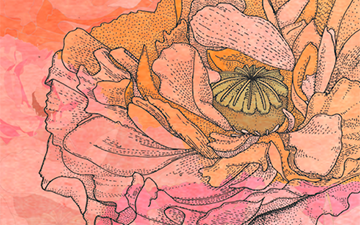

2 POINTS
FACT: Opiates (such as morphine and codeine) are isolated from seeds of the poppy.

NICOTINE (MW: 162.23)
.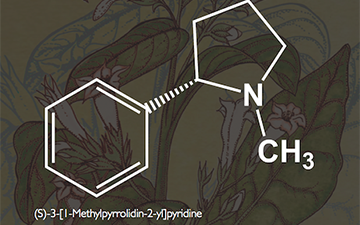
C10H14O2
SOURCE: Tobacco plant.
USE: nicotinic acetylcholine agonist, stimulant.
PLAY: Place under source card for + 5 points.

Tobacco plant
Nicotiana tabacum


3 POINTS
Fact: Tobacco contains the phytochemical, nicotine.

SALICIN (MW: 286.28)
.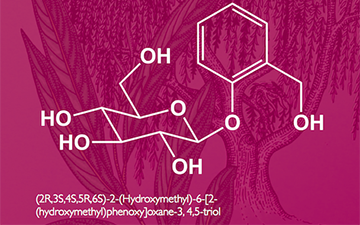
C13H18O7
SOURCE: White Willow
USE: precursor to Aspirin. antipyretic, analgesic, anti-inflammatory.
PLAY: Place under source card for + 5 points.

White Willow
Salix alba

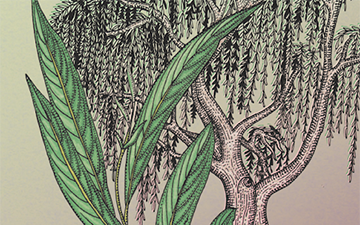
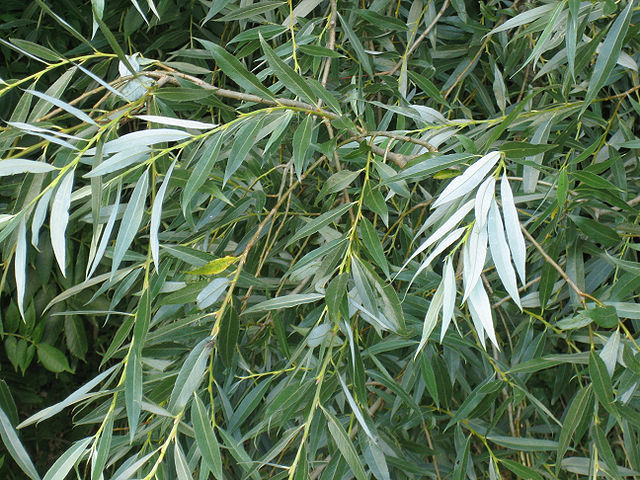
2 POINTS
Fact: The drug Salicin is isolated from the bark of the White Willow.